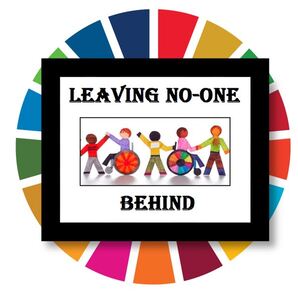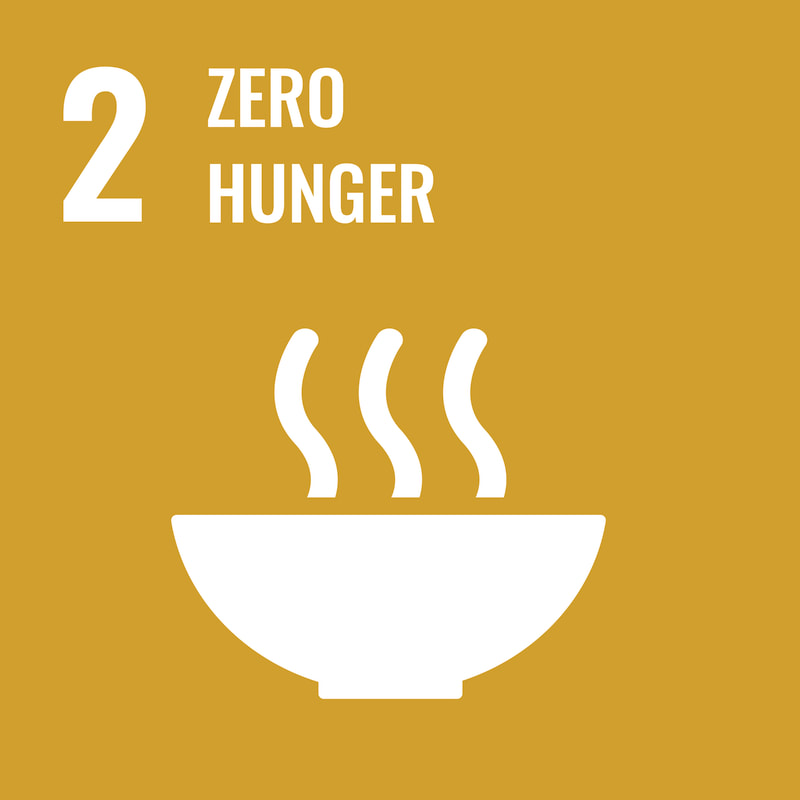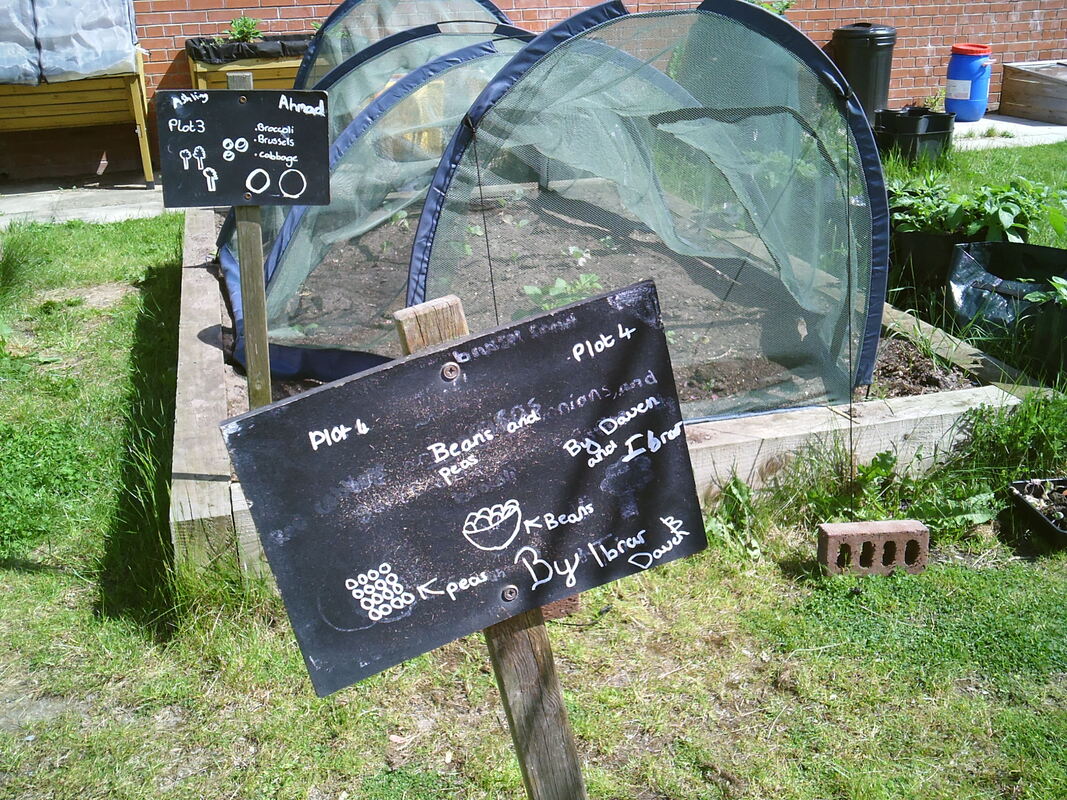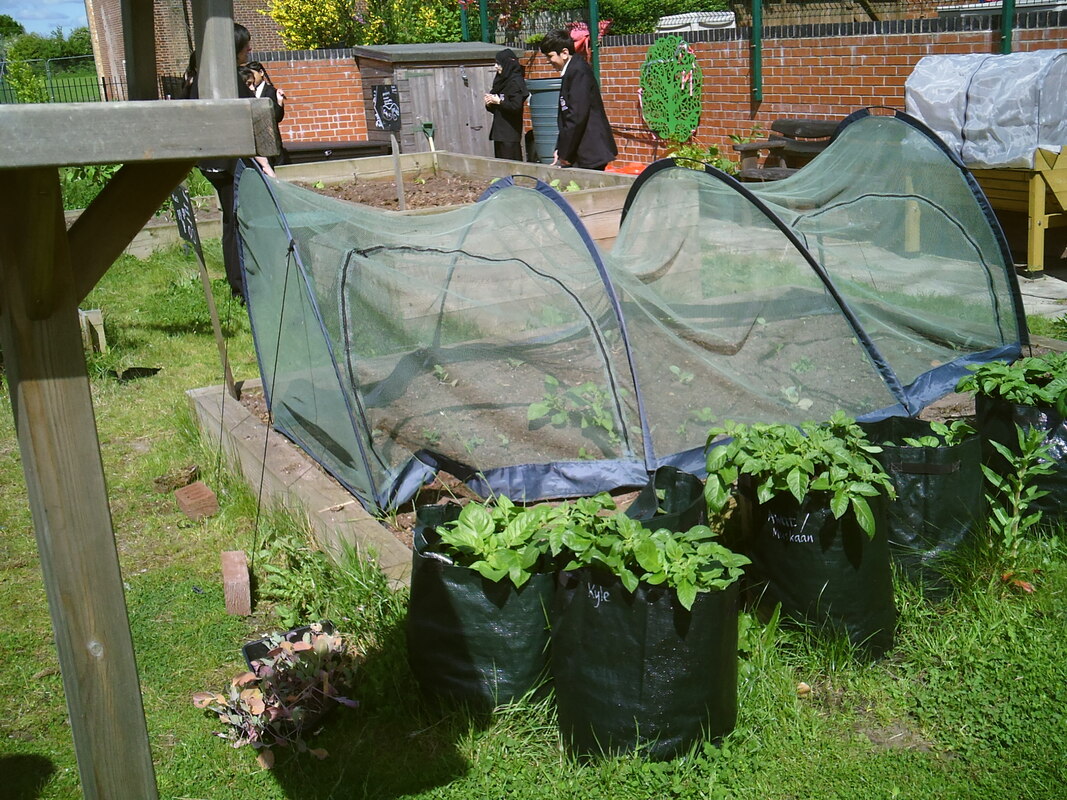Big Idea:
|
Our globalised, industrialised system of food production has separated most people in developed countries from having any connection to how their food is grown. Young people know that their food is grown on plants, but few have any actual lived experience of this. This disconnection also makes wasting food second-nature, as what is thoughtlessly and easily acquired may just as easily be thrown away.
This class-based project will take them through the journey of selecting, growing and harvesting and eating their own vegetables to deepen their understanding of the time and effort that sustainable food production necessitates. More importantly, however, it will also show them that almost anyone can produce their own food and the immense satisfaction and sense of connection that this can bring. |
Type of Activity:
Long term class based project.
Who is it for?
Ages 11 to 16.
What do I need?
Vegetable seeds, soil/compost, seed trays, plant pots, water, watering can and sunlight!
How long does it take?
2-6 months (depending on what you are growing).
Introduction
This project is designed to bring young people closer to the food they eat and give them the experience of growing their own. The nature of the project means that it will take around six months and should be started at the beginning of the spring term (January).
To begin with, open a discussion about where our food comes from. Where do you think a packet of tomatoes on the supermarket shelf comes from? What about the wheat for the flour in our bread? What issues might importing fruit and vegetables from overseas cause?
The choice of seeds is up to you. Some easy ones that shouldn’t need planting on to larger containers include: cress, herbs, lettuce, green onions (spring onions/scallions), tomatoes, chillies. These are just a few; do a little research to think what might work best for your class.
To begin with, open a discussion about where our food comes from. Where do you think a packet of tomatoes on the supermarket shelf comes from? What about the wheat for the flour in our bread? What issues might importing fruit and vegetables from overseas cause?
The choice of seeds is up to you. Some easy ones that shouldn’t need planting on to larger containers include: cress, herbs, lettuce, green onions (spring onions/scallions), tomatoes, chillies. These are just a few; do a little research to think what might work best for your class.
What next
As a class, decide what vegetables or fruit you could grow. The space, time and resources available will influence how much you feel you can grow. Think about what support there might be in the community. Could parents give some old seeds they have lying around, or might a local garden centre be willing to donate some compost or plant pots for the project?
Then it’s time to get growing! Follow the instructions of whatever seeds you’ve picked. Most will need a sunny windowsill and regular watering and might need to be transferred to bigger pots (or even outside, space and resources allowing!).
Think about cross curriculum links as well: as the leaves begin to unfurl towards the light, you could discuss photosynthesis; as the plants grow, maybe they could be used as inspiration in English or Art lessons?
Then it’s time to get growing! Follow the instructions of whatever seeds you’ve picked. Most will need a sunny windowsill and regular watering and might need to be transferred to bigger pots (or even outside, space and resources allowing!).
Think about cross curriculum links as well: as the leaves begin to unfurl towards the light, you could discuss photosynthesis; as the plants grow, maybe they could be used as inspiration in English or Art lessons?
Finally
When it is time to harvest, remind your students of the journey they have been on with these plants; how that journey is much more similar to how food has been produced throughout much of human history; how different it is to how the majority of the planet’s food is grown today.
What you do with your vegetables is completely up to you. You may just want to eat them straight off the plant, or you might have the makings of a salad or a soup!
Follow on ideas, if the class enjoyed the project: could your school start on allotment, if it has the space? Maybe a student-run gardening club? Could you go foraging for food growing in the wild (apples, blackberries, etc)? Could you try making other food from scratch in class, for example baking bread?
What you do with your vegetables is completely up to you. You may just want to eat them straight off the plant, or you might have the makings of a salad or a soup!
Follow on ideas, if the class enjoyed the project: could your school start on allotment, if it has the space? Maybe a student-run gardening club? Could you go foraging for food growing in the wild (apples, blackberries, etc)? Could you try making other food from scratch in class, for example baking bread?
Find out more
Green-fingered teachers: how to grow fruit and vegetables in school - Green-fingered teachers: how to grow fruit and vegetables in school | Teacher Network | The Guardian
Gardeners World: Windowsill veg container ideas - https://www.gardenersworld.com/plants/windowsill-veg-container-ideas/
Organizing a Classroom Grow Station - https://cpb-us-e1.wpmucdn.com/blogs.cornell.edu/dist/f/575/files/2016/08/Organizing-a-Classroom-Grow-Station-1recgbi.pdf
Gardeners World: Windowsill veg container ideas - https://www.gardenersworld.com/plants/windowsill-veg-container-ideas/
Organizing a Classroom Grow Station - https://cpb-us-e1.wpmucdn.com/blogs.cornell.edu/dist/f/575/files/2016/08/Organizing-a-Classroom-Grow-Station-1recgbi.pdf






